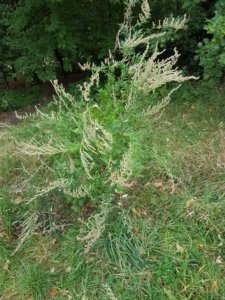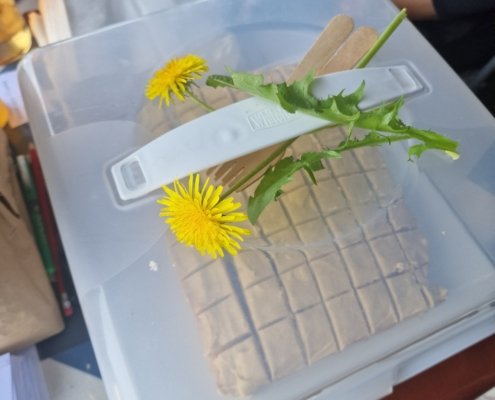Blog Elements
You can display blog posts in various ways with the “Blog Post” element/shortcode. You can see one example here and even more at the blog main menu item of this demo.
-
- Elderflower (Sambucus nigra)
Elderflowers are in full bloom in June and are easy to spot with their creamy white, fragrant clusters. They’re fantastic for making cordials, syrups, and even elderflower fritters.
Foraging tip: Only take a few heads from each tree to leave plenty for wildlife and later fruiting.

-
Wild Strawberries (Fragaria vesca)
These tiny, sweet berries start ripening in June and can often be found on grassy banks, woodland edges, and hedgerows. They pack a ton of flavour for their size!
Foraging tip: Look for the classic three-leaf clusters and tiny red fruits close to the ground.

-
Mugwort (Artemisia vulgaris)
You’ll spot mugwort growing along hedge banks, roadsides, and on waste ground throughout the UK in early summer. It’s a tall perennial with deeply divided, dark green leaves that are silvery underneath, and it starts to flower from mid-June.Foraging tip: Always double-check your ID, as mugwort can be confused with other Artemisia species. Avoid if pregnant, and as with all wild plants, only eat after positive identification.

- Elderflower (Sambucus nigra)
What will you be on the forage for this month?







